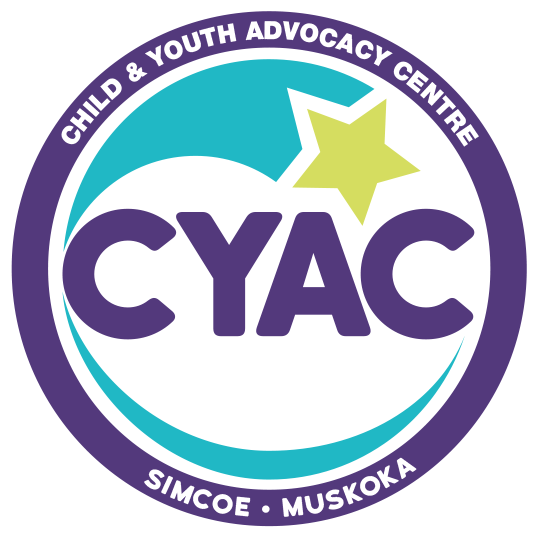Children deserve to be heard, feel safe, and be protected
The Child & Youth Advocacy Centre Simcoe Muskoka (CYACSM) is a child and youth-friendly centre in which multidisciplinary professionals join together under one roof to provide services and supports to children and youth who have experienced abuse.
We understand that when a young person has experienced abuse, the disclosure process can be frightening, confusing and overwhelming; we’re here to help with that experience.
Who We Are
We understand that when a child or youth has experienced abuse, talking about the abuse can be frightening, confusing and overwhelming…
Programs & Services
Specially trained professionals are at the Child & Youth Advocacy Centre Simcoe/Muskoka, ready to support children, youth and families…
Donations
Your generous donation will go directly to support children and youth who have been victimized by abuse, helping them be heard and to heal…
Contact Us
Contact us today…
We know that disclosing abuse is a very difficult, and brave thing to do
The CYACSM is a safe and neutral place for children and youth to tell their story, when they are ready.
In this neutral space, police officers and child welfare professionals conduct forensic interviews, pediatricians provide well-child examinations, and advocates support and assist children/youth and families throughout the entire process.

